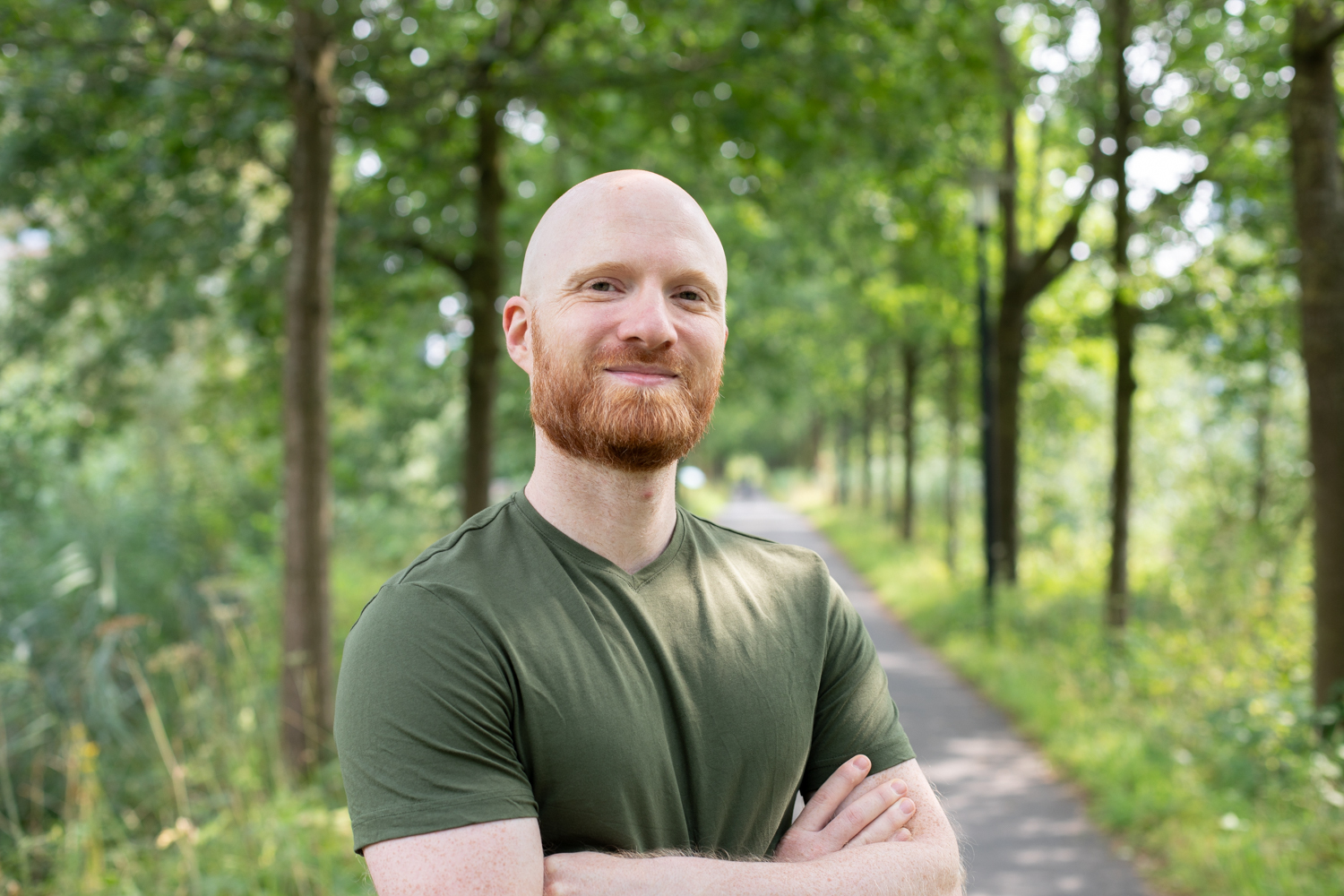
|
Archaeal and Bacterial Evolution TeamDaniel Tamarit |
| Home | Team | Publications (Google Scholar) | Bio | Student projects |
Available projects
Research projects are fantastic opportunities to gain hands-on experience tackling real-world challenges, and to develop technical skills and critical thinking. I strive to make my team a safe, inclusive environment where to grow as a scientist and pursue personal career goals.
If you are interested in Microbial genomics and evolution, don't hesitate to enquire for opportunities. I am always happy to discuss project ideas that match your particular conceptual or methodological interests. Find below some possibilities that fit with ongoing research in the team.
GENOME ARCHITECTURE
The arrangement of genes and other elements in chromosomes is shaped by evolution through a battle between forces of order (selection on the interplay between gene expression and cellular processes) and forces of chaos (genome rearrangements, mobile elements, …). But we have only scratched the surface on the principles governing genome architecture, and results by our lab and others expose unexplained and diverse patterns, indicating unknown biology. Outstanding questions include:
- How are genes of different functions arranged in the chromosome?
- How are the genomes of recently discovered lineages organized?
- What are the causes and consequences of novel genome architecture patterns?
EVOLUTIONARY TRANSITIONS
The recent revolution in environmental DNA sequencing has massively expanded the known tree of life. We are more and more aware of the ubiquity and astonishing diversity of microbes, which is largely driven by their adaptation to new niches. As we keep unearthing new, deeply diverse lineages, these groups reveal intriguing transitions to different lifestyles. Among the many underlying mysteries, some of the questions we focus on include:
- How do microbes adapt to extreme environments?
- What aspects of these adaptations are common or necessary, and what aspects are unique or contingent?
- What is the shape of the tree of life? How can we account for the complex compositional changes of these adaptations to accurately reconstruct it?


